In the world of fitness and endurance sports, few metrics carry as much weight as VO2 max. Often referred to as maximal oxygen uptake, this physiological measurement has become a gold standard for assessing cardiovascular fitness and aerobic endurance. The concept might sound clinical, but its implications stretch far beyond laboratory settings, influencing how athletes train, how coaches design programs, and even how medical professionals evaluate heart health.
The term VO2 max represents the maximum rate at which an individual can utilize oxygen during intense exercise. Picture your body as an engine - the more efficiently it can burn oxygen, the better it performs under physical stress. This measurement is typically expressed in milliliters of oxygen per kilogram of body weight per minute (ml/kg/min), providing a standardized way to compare individuals of different sizes and genders. What makes this metric particularly fascinating is how it varies across populations, from sedentary individuals to elite athletes, and how it changes throughout our lifespan.
When we delve into the science behind VO2 max, we encounter a complex interplay of physiological systems. The cardiovascular system must efficiently pump oxygen-rich blood, the respiratory system must effectively exchange gases, and the muscular system must extract and utilize that oxygen at the cellular level. This oxygen cascade, as physiologists call it, represents one of the most elegant examples of human adaptation to physical demands. The upper limit of this system - the point at which oxygen consumption plateaus despite increasing exercise intensity - defines an individual's VO2 max.
Endurance athletes have long recognized the importance of VO2 max in predicting performance potential. In sports like distance running, cycling, and cross-country skiing, athletes with higher VO2 max values typically outperform their peers. However, the relationship isn't absolute - factors like running economy, lactate threshold, and mental toughness also play crucial roles. This explains why two athletes with identical VO2 max scores might achieve dramatically different race results. The metric serves as a ceiling for aerobic capacity, but how close an athlete can perform to that ceiling depends on numerous other variables.
The measurement process itself has evolved significantly since its inception in the early 20th century. Modern VO2 max tests typically involve graded exercise on a treadmill or stationary bike while wearing a mask connected to metabolic cart. As the test progresses through increasingly difficult stages, the equipment precisely measures oxygen consumption and carbon dioxide production. The test continues until the participant reaches volitional exhaustion - the point where they can no longer maintain the required workload despite verbal encouragement. While the experience is physically demanding, the data collected provides invaluable insights into an individual's aerobic fitness.
Average VO2 max values vary considerably based on age, gender, and training status. Untrained young men might score around 35-40 ml/kg/min, while their female counterparts typically test about 25-30% lower due to physiological differences like hemoglobin concentration and body composition. Elite endurance athletes often boast values in the 70s or even low 80s, with some exceptional cases recorded higher. The legendary Norwegian cyclist Oskar Svendsen reportedly achieved a staggering 97.5 ml/kg/min at just 18 years old, though such extreme values remain exceptionally rare even among world-class athletes.
What many find surprising is how VO2 max changes throughout our lives. Research shows this capacity peaks in our late teens to early twenties, then begins a gradual decline of about 1% per year. However, this aging process isn't set in stone - regular aerobic training can significantly slow the decline. Masters athletes who maintain consistent training often demonstrate VO2 max values comparable to untrained individuals decades younger. This underscores the plasticity of our cardiovascular system and the profound impact of lifestyle choices on our physiological aging.
Training to improve VO2 max involves carefully structured workouts that push the aerobic system to its limits. High-intensity interval training (HIIT) has proven particularly effective, with protocols alternating between near-maximal efforts and recovery periods. These sessions create the precise physiological stress needed to stimulate adaptations like increased cardiac output, expanded capillary networks, and enhanced mitochondrial density. Interestingly, while genetics set the upper bounds for potential VO2 max (estimates suggest 50-70% heritability), proper training can help individuals reach their genetic ceiling.
The implications of VO2 max extend beyond athletic performance into general health and longevity. Numerous studies have established a strong inverse relationship between VO2 max and all-cause mortality. In simple terms, individuals with higher aerobic fitness tend to live longer, healthier lives. This connection appears particularly strong regarding cardiovascular disease, with higher VO2 max values correlating with reduced risk of heart attacks, strokes, and other cardiac events. Some researchers now argue that VO2 max should be considered a vital sign, as clinically important as blood pressure or cholesterol levels.
Rehabilitation programs have begun incorporating VO2 max testing and training for patients recovering from cardiac events or managing chronic conditions. The concept of exercise as medicine finds strong support in the measurable improvements to VO2 max seen in these clinical populations. Even modest increases in aerobic capacity can translate to significant quality-of-life improvements for individuals with heart failure, pulmonary diseases, or metabolic disorders. This therapeutic application represents one of the most promising developments in preventive medicine.
Technology has democratized access to VO2 max estimation, though with varying degrees of accuracy. Fitness trackers and smartwatches now provide VO2 max approximations using heart rate data and exercise performance. While these estimates can't match laboratory testing precision, they offer useful trends for recreational athletes tracking fitness over time. More sophisticated field tests, like the Cooper 12-minute run or the Rockport Walk Test, provide reasonably accurate estimates without specialized equipment, making aerobic capacity assessment more accessible to the general public.
As research continues, scientists are uncovering new dimensions to our understanding of VO2 max. Recent studies explore its relationship with cognitive function, mental health, and even gut microbiota composition. The emerging picture suggests that aerobic capacity influences far more than just physical endurance - it appears interconnected with various aspects of our overall wellbeing. This holistic perspective reinforces the importance of maintaining cardiovascular fitness throughout life, not just for athletic achievement but for comprehensive health optimization.
The future of VO2 max research may focus on personalized approaches to training and health interventions. As genetic testing becomes more sophisticated, we may better predict individual responses to different training stimuli. Similarly, advances in wearable technology could provide real-time VO2 max monitoring during daily activities, revolutionizing how we approach fitness training and health maintenance. These developments promise to make the science of maximal oxygen uptake more relevant than ever to both athletes and the general population.
For those looking to improve their VO2 max, consistency proves more important than any single workout or quick fix. The body adapts gradually to the stresses of aerobic training, requiring sustained effort over weeks and months. Mixing long, steady workouts with high-intensity intervals appears most effective for stimulating the various physiological adaptations that boost maximal oxygen uptake. Perhaps most importantly, finding activities one enjoys ensures long-term adherence - after all, the best exercise program is the one you'll actually follow.
While VO2 max provides a valuable snapshot of aerobic fitness, it's crucial to remember it's just one piece of the health and performance puzzle. Other factors like muscular strength, flexibility, balance, and nutrition all contribute to overall fitness. The most balanced approach combines attention to VO2 max with these other components, creating a comprehensive fitness regimen. In this context, maximal oxygen uptake serves as an important benchmark, but not the sole focus of a well-rounded training program.
As our understanding of human physiology deepens, VO2 max remains a cornerstone metric in both sports science and preventive medicine. Its ability to quantify the body's oxygen transport and utilization system provides insights that transcend simple fitness assessment. From guiding elite athletes to peak performance to helping ordinary people live longer, healthier lives, this measurement continues to prove its worth decades after its introduction. The next time you push through a challenging workout, remember - you're not just building endurance, but potentially enhancing one of the most significant predictors of healthspan and longevity.

By /May 21, 2025

By /May 21, 2025

By /May 21, 2025

By /May 21, 2025
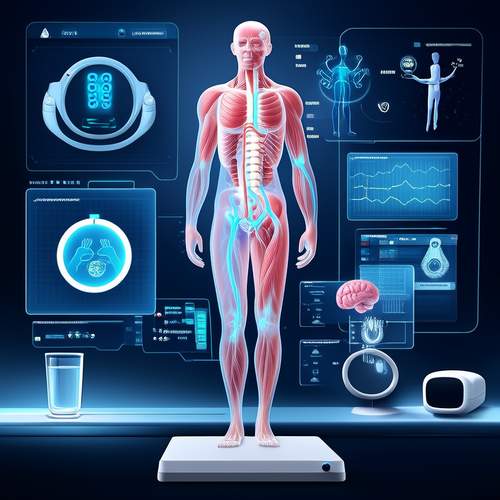
By /May 21, 2025
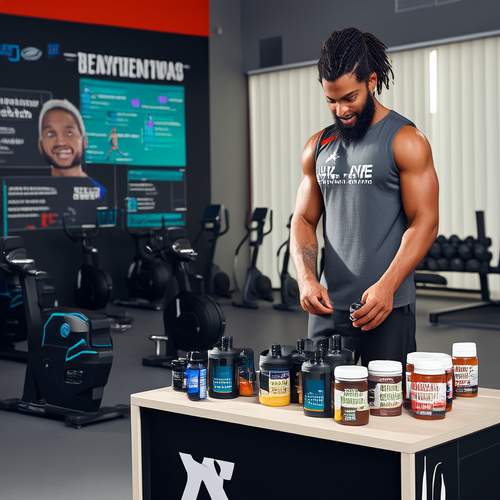
By /May 21, 2025

By /May 21, 2025
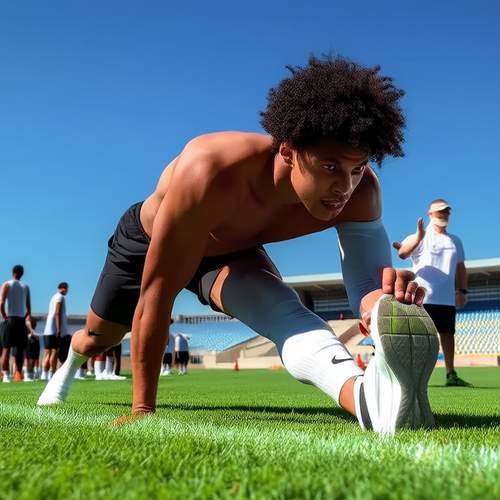
By /May 21, 2025
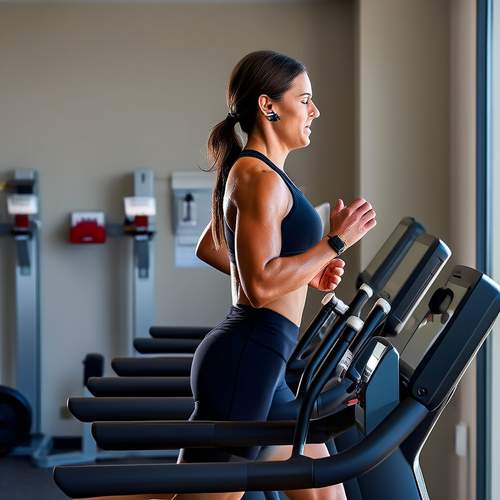
By /May 21, 2025
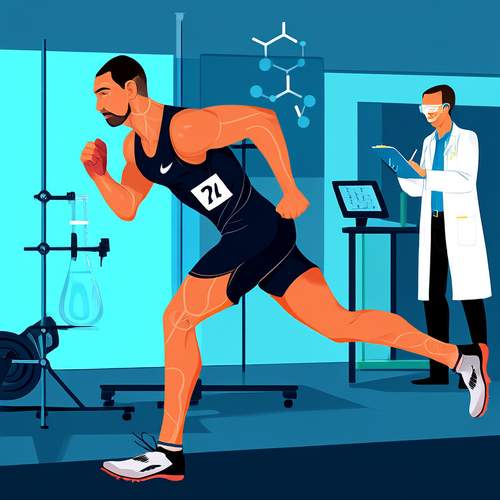
By /May 21, 2025
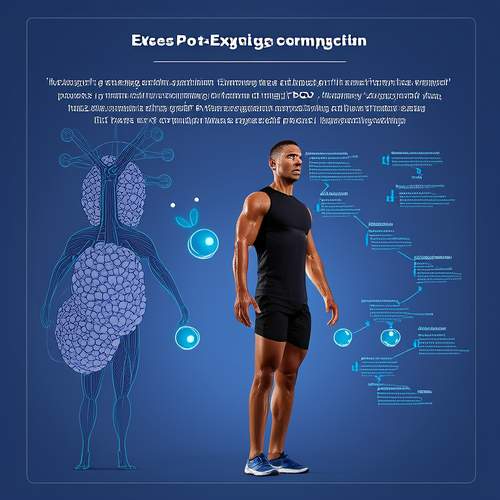
By /May 21, 2025
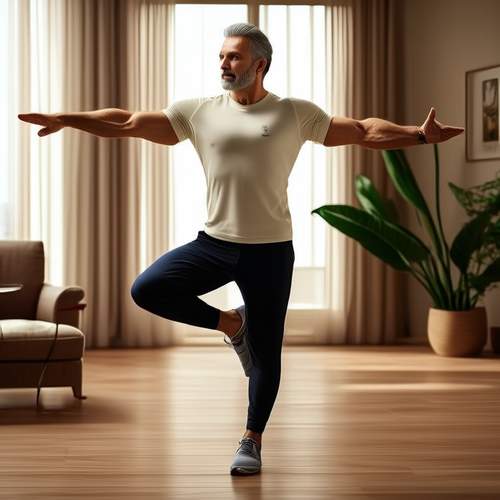
By /May 21, 2025

By /May 21, 2025
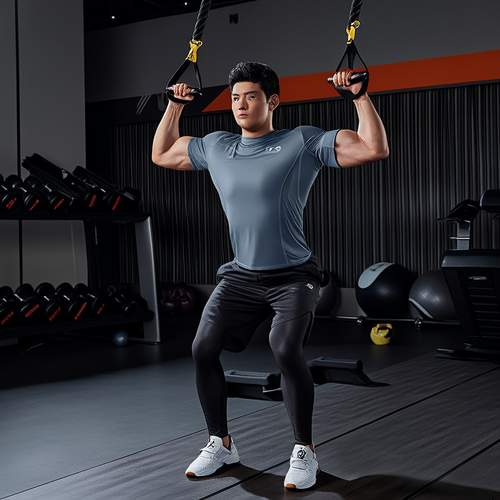
By /May 21, 2025
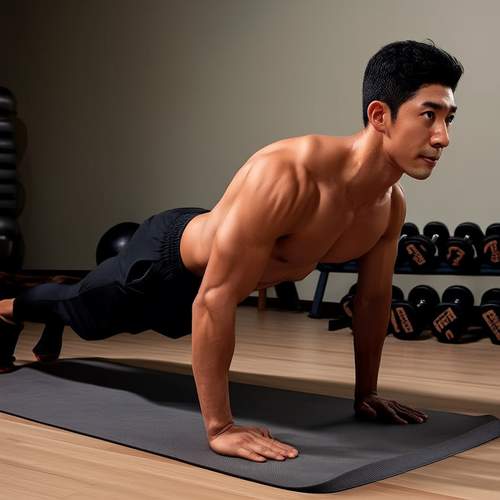
By /May 21, 2025
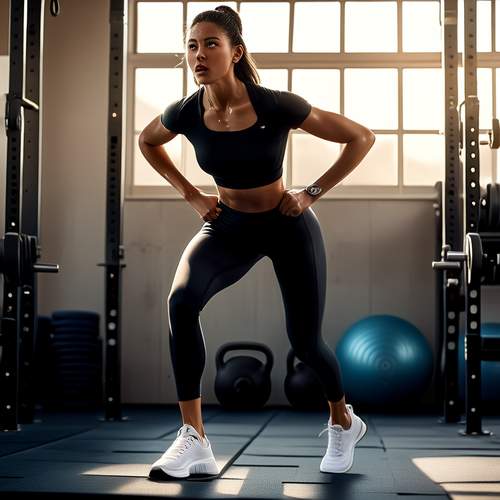
By /May 21, 2025
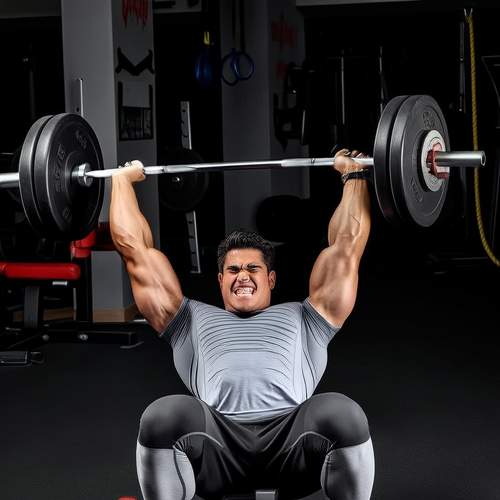
By /May 21, 2025
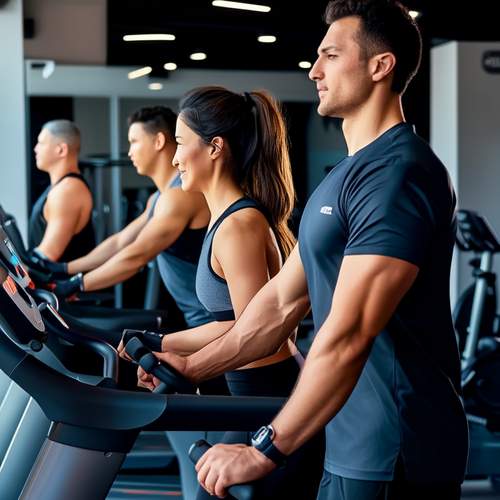
By /May 21, 2025

By /May 21, 2025

By /May 21, 2025